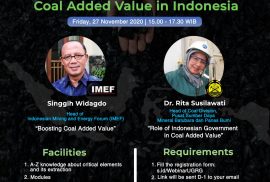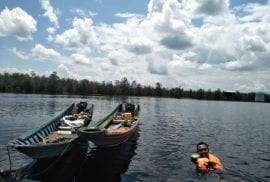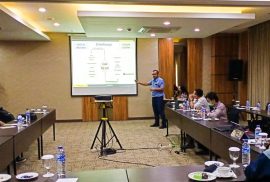Reposted from Cipher Coal.
A new paper published by Indonesian Journal on Geoscience.
Ever get that sinking feeling? Well, if you were standing in the Kutai lakes area in central Borneo you’d be right to think so.
And it’s not just because it is full of peat and wetlands.
Located about 100 km










